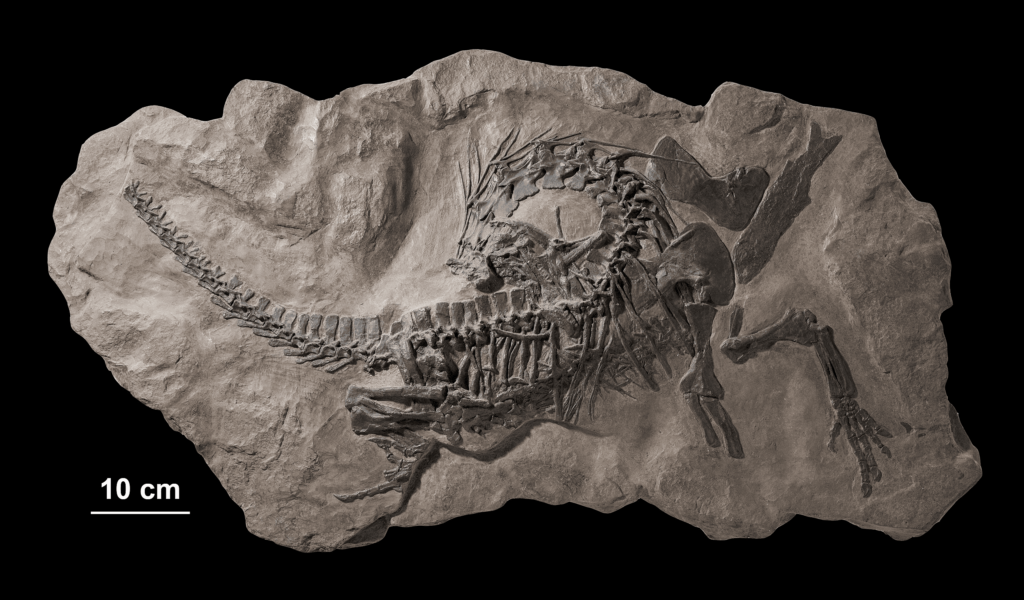Imagine the thrill of peering into deep time, only to find a fossil within a fossil — a silent, stone-etched echo of life beyond what anyone dared to expect. The idea that skin, scales, or even the delicate patterns of ancient creatures could be preserved within the armor or bones of another fossil is nothing short of astonishing. This phenomenon, where the remains of one organism are immortalized within the fossilized remains of another, challenges our understanding of deep-time biology and tugs at our sense of wonder. Each discovery feels like opening a time capsule within a time capsule, revealing stories that nature tried so hard to keep hidden. These double-layered fossils are not just scientific curiosities; they are windows into ancient worlds, telling us how life, death, and chance have intertwined across millions of years.
The Unlikely Journey of Fossilization
Fossilization is a rare and selective process. Not every creature that dies is granted the honor of eternal preservation. For a fossil to form, the remains must be buried quickly, usually by sediment, to protect them from scavengers and decay. In most cases, only the hardest parts of the body, like bones or shells, survive this journey. But sometimes, under extraordinary circumstances, softer tissues or even skin impressions are preserved. When two or more fossils overlap in this sacred burial, with one capturing the skin or scales of another, it feels as if nature is deliberately layering secrets for us to uncover. The odds of such preservation are staggeringly low, making every discovery a scientific jackpot.
Skin Impressions: More Than Skin Deep
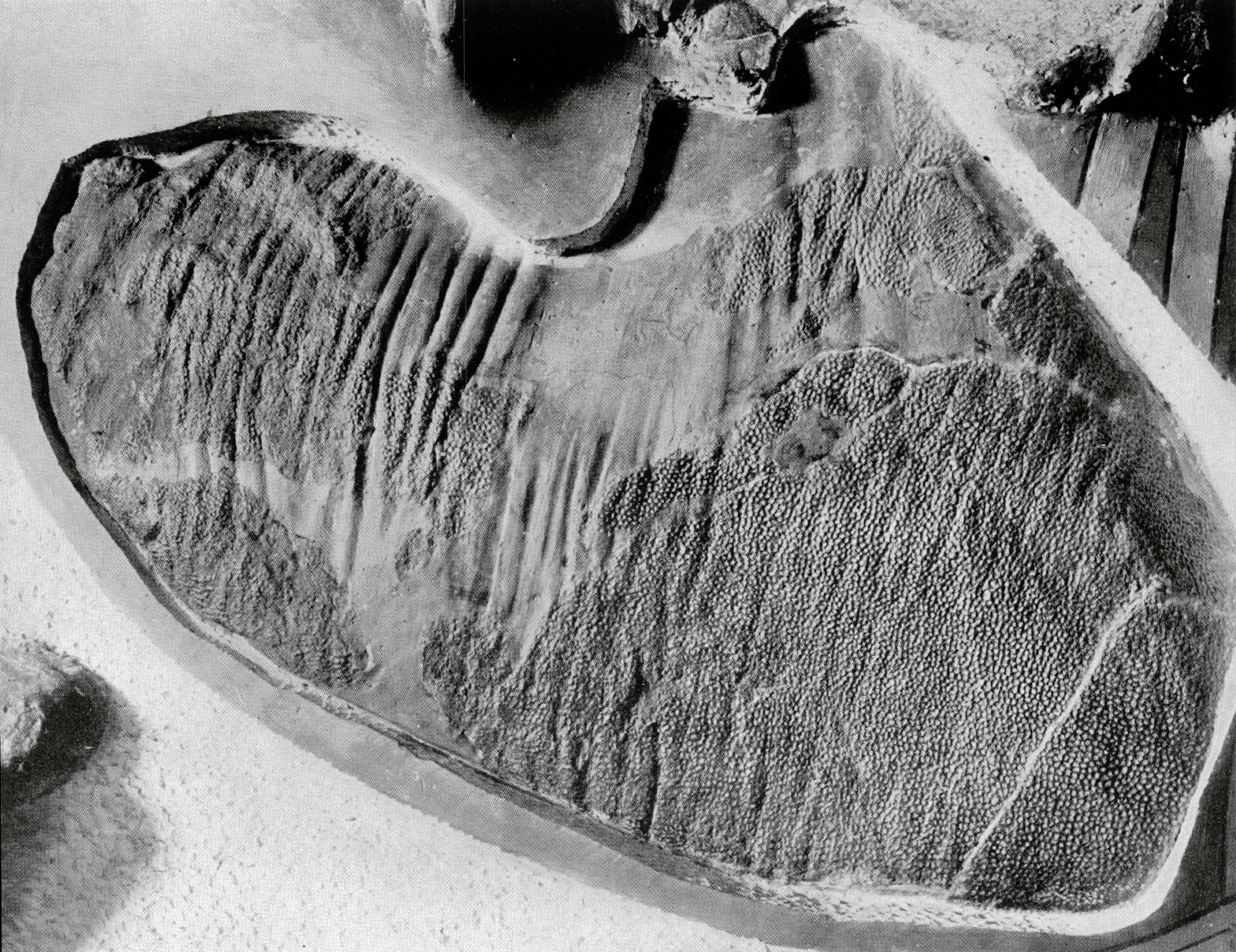
The preservation of skin impressions within fossils offers a more vibrant glimpse into ancient life than bones alone ever could. Skin, scales, and other soft tissues are delicate and usually vanish long before mineralization can occur. Yet, in rare cases, these tissues leave behind impressions—like a fingerprint pressed into wet cement. When these impressions are found within the fossilized bones or armor of another animal, it’s like finding an old photograph hidden inside a locked diary. Paleontologists can study these impressions to learn about the texture, thickness, and even pigmentation patterns of ancient animals, revealing details about their appearance and how they might have lived.
Armor Within Armor: The Case of Ankylosaurs
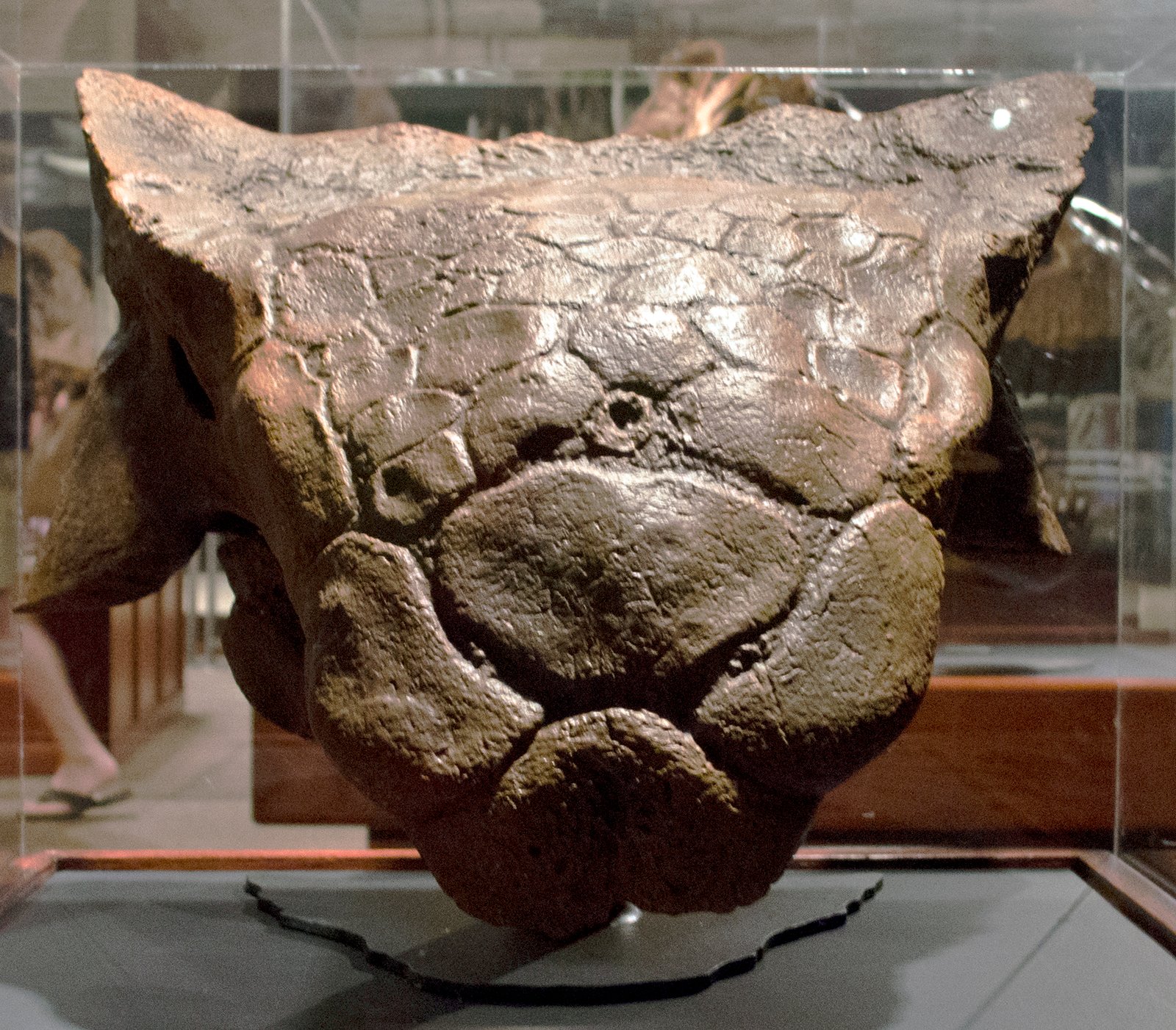
Ankylosaurs, those tank-like dinosaurs covered in bony plates, sometimes preserve not only their own armor but also impressions of their skin within those plates. In some extraordinary fossils, researchers have discovered that the bony armor itself captured the pattern of the animal’s scales when the creature was buried. This means the fossil is not just bone, but bone with the skin’s pattern fossilized into its surface. Such finds allow scientists to reconstruct how these armored giants looked in life, right down to the bumps and ridges on their hides. This level of detail breathes life into creatures that would otherwise remain faceless relics of the past.
Fish Within Fish: A Snapshot of Prehistoric Predation

There are incredible cases where fossilized fish are discovered inside the stomachs of larger, fossilized predators. Sometimes, the stomach contents are so well-preserved that the scales and skin of the prey are visible, making it possible to study both the hunter and the hunted in a single specimen. These fossils are more than just evidence of diet; they are literal moments frozen in time, capturing the dynamics of ancient food webs. For example, a famous fossil from Germany’s Messel Pit shows a snake coiled within the belly of a lizard, itself inside the stomach of a larger snake — a Russian-doll of fossilized life and death.
The Secret Life of Fossilized Turtles
Turtles, with their tough shells, are frequent survivors in the fossil record. But sometimes, the inside of a turtle shell can preserve more than just bone. In rare and remarkable cases, the shell’s inner surface holds impressions of the turtle’s skin, or even traces of other small creatures that once crawled inside after the turtle’s death. These impressions can tell us about the texture of the turtle’s skin and provide insights into the microhabitats that existed within shells long after their original owners had died. It’s like discovering ancient graffiti on the inside of a fortress.
Dinosaur Feathers Locked in Amber
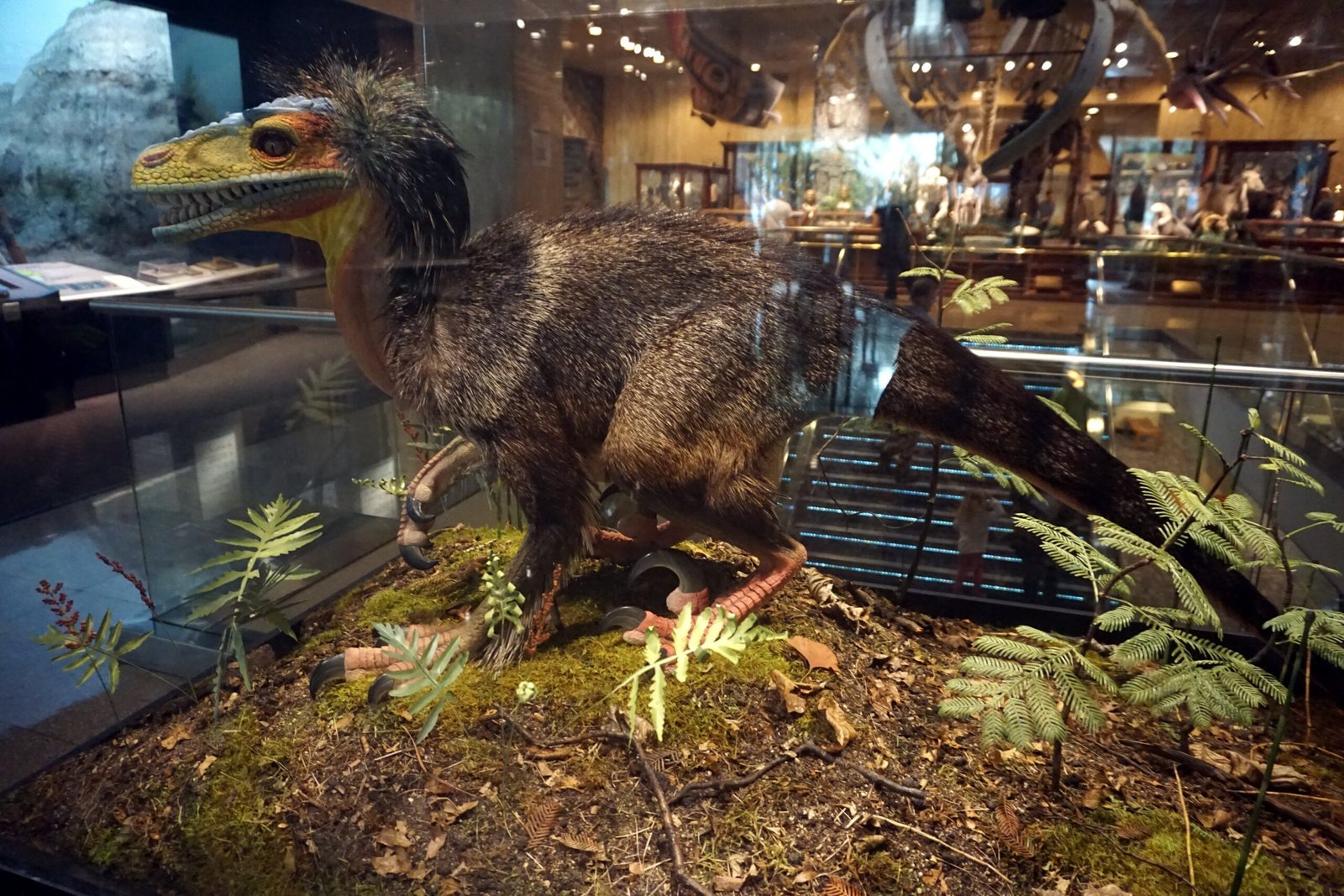
Amber, fossilized tree resin, is well known for preserving delicate features of ancient organisms. Occasionally, pieces of amber have been found with dinosaur feathers pressed against insect bodies, creating a composite fossil. This unique preservation allows scientists to examine how feathers interacted with the skin and armor of ancient animals. The clarity of amber-trapped impressions can reveal tiny details, such as the arrangement of barbs on a feather or the scale pattern on a dinosaur’s skin, providing crucial clues about the evolution of feathers and flight.
Trilobite Exoskeletons and Soft Tissue Echoes
Trilobites, ancient marine arthropods, are famous for their hard exoskeletons, which fossilize readily. Yet, in some exceptionally preserved specimens, the exoskeleton holds impressions of the animal’s soft underbelly or even the intricate gill structures on their legs. These rare fossils capture the whole animal in astonishing detail, sometimes even with evidence of other organisms, like worm burrows or algae, impressed onto their armor. Each example is a miniature diorama of ancient sea life, preserved with a level of intimacy that textbooks can barely describe.
Trace Fossils: Shadows of Ancient Skin

Not all fossils are direct remains; some are trace fossils, records of how ancient creatures interacted with their environment. Skin impressions within footprints, for example, reveal how the soles of dinosaurs or early mammals contacted the ground. In rare cases, the pressure of a footstep can leave behind the texture of scales or the pattern of pads. The ground itself becomes a canvas, capturing the fleeting touch of skin against mud, and preserving it for millions of years. Such finds add a layer of emotional connection, as if we’re walking alongside these long-gone animals.
Microscopic Worlds: Skin Cells Trapped in Bone
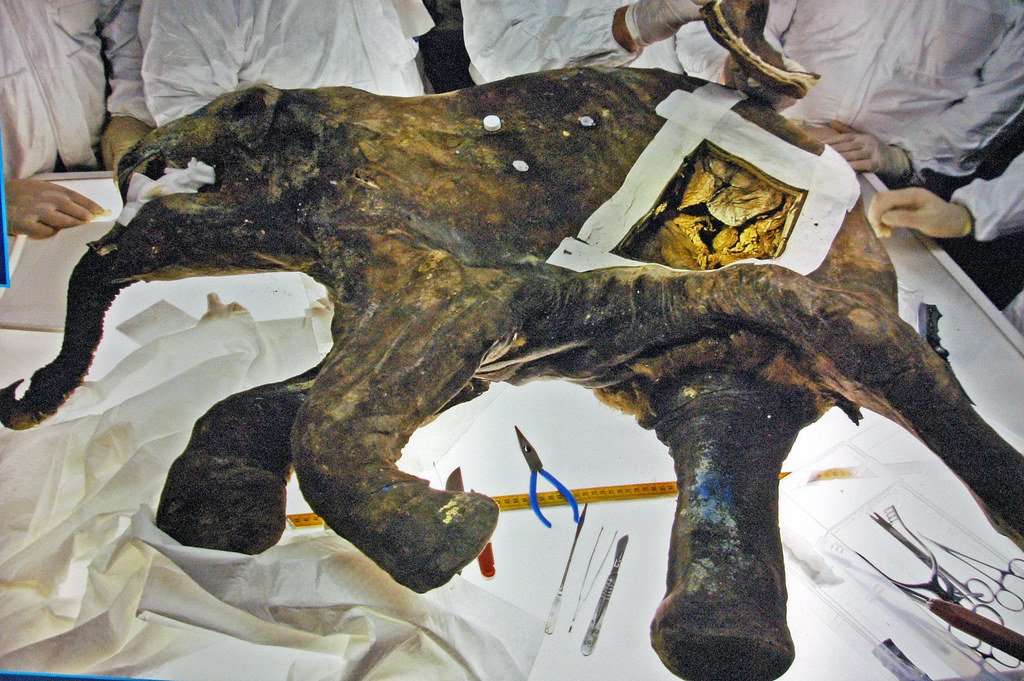
Some of the most surprising fossil discoveries come not from what we can see with the naked eye, but what’s revealed under a microscope. In a handful of cases, researchers have identified fossilized skin cells embedded within the matrix of fossilized bone. These microscopic time capsules can reveal the cellular structure of ancient skin, including pigment cells that hint at coloration. It’s a humbling reminder that even at the tiniest scales, the fossil record can preserve secrets that reshape our picture of the past.
Lessons From Fossils-Within-Fossils

Each fossil-within-a-fossil discovery expands our knowledge in unexpected ways. They challenge the notion that fossils are static, lifeless remains and instead show us that ancient life was dynamic, layered, and interconnected. These finds inspire awe—reminding us that nature, given the right conditions, can preserve even its most fleeting details. They also push scientists to look beyond the obvious, to search for stories hidden within stories, and to ask what else might be waiting in the rocks beneath our feet.
The Unending Mystery of Deep Time
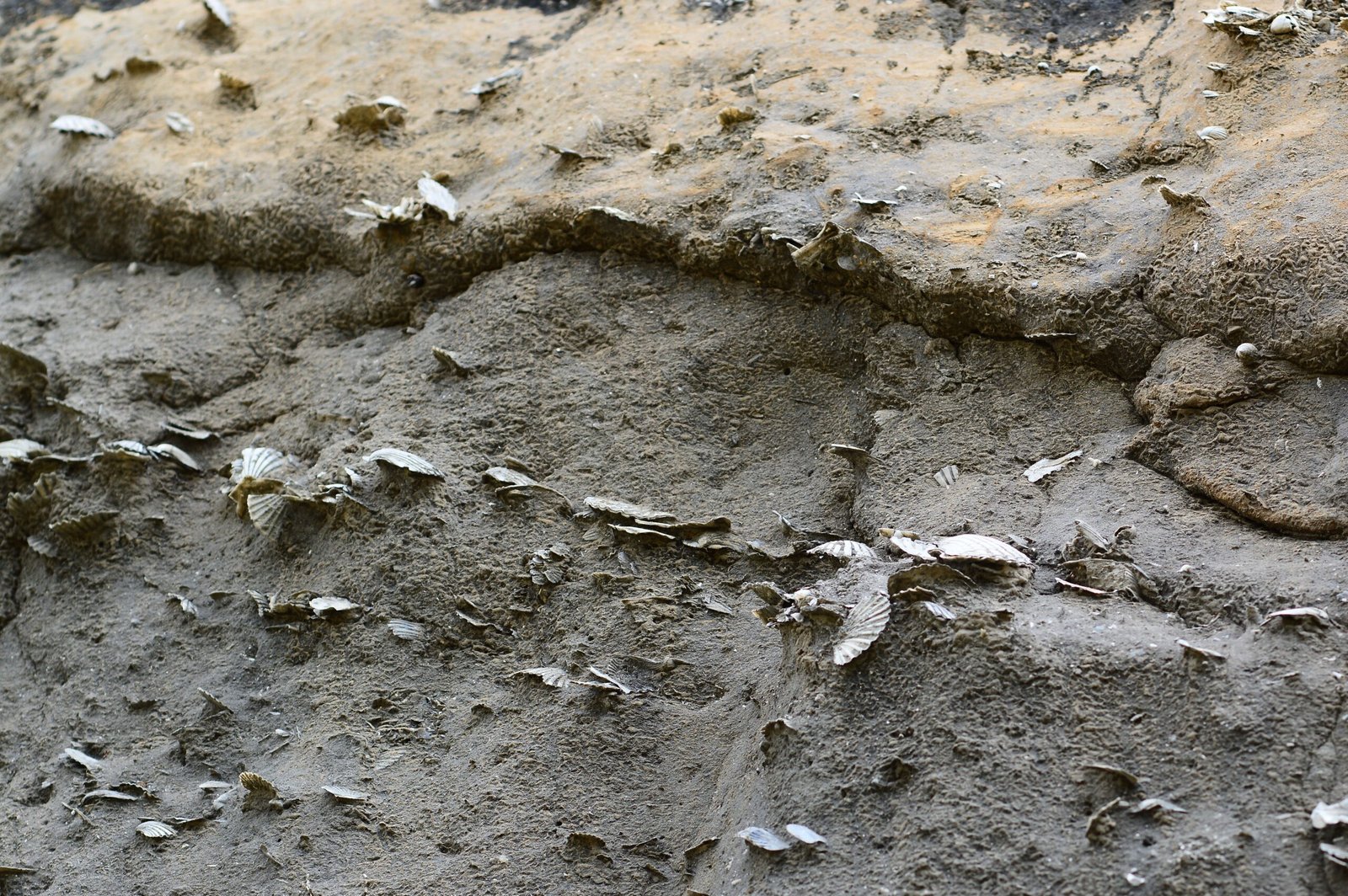
The phenomenon of fossils fossilizing fossils is a testament to the unpredictable and miraculous nature of our planet’s history. These layered relics serve as reminders that every fossil holds the potential for multiple narratives, each more fascinating than the last. The next time you gaze at a fossil, imagine what might be hidden beneath its surface, waiting for someone curious enough to discover it. Would you have ever guessed that the past could be so full of surprises?


